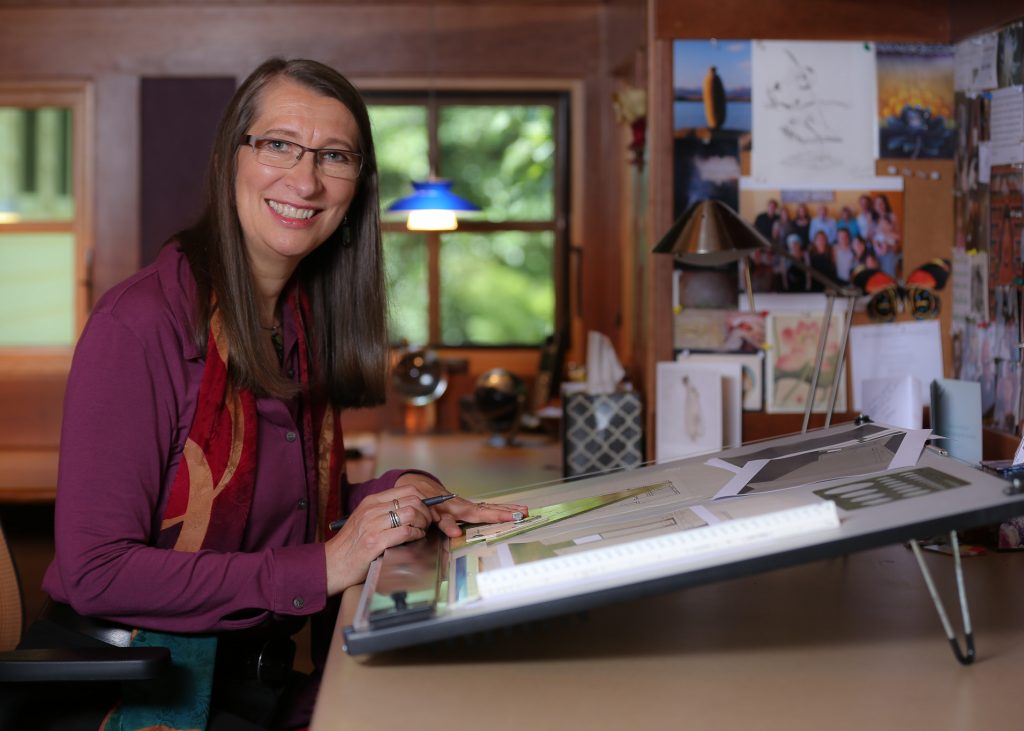
Solution: Remove the obstacles or, if you can’t, account for them in your design and turn them into assets. Problem: Basements often become “dungeon-like tombs for unwanted junk,” says Susanka, replete with structural obstacles - columns, ductwork, plumbing and wiring. At right, we’ve highlighted three projects from the book that took advantage of common sources of “found” space. She helps readers assess their needs and their home’s problems and suggests possible solutions with illustrated case studies drawn from her own and other architects’ experience. For example, the average cost nationally of a midrange two-story addition is $146,538, according to Remodeling magazine’s latest cost-versus-value survey.Architect Sarah Susanka, coauthor with Marc Vassallo of Not-So-Big Remodeling (The Taunton Press), says that most homeowners will discover the space they need within their home’s existing footprint - a less expensive and greener alternative. And construction costs soar any-time you build a new foundation and break through a home’s exterior.

Even if local zoning requirements for setbacks and lot coverage allow it, adding on is expensive. Need a bigger kitchen, another bedroom or space for a playroom or home office? Your first thought may be to add on, but that can be a costly solution.


 0 kommentar(er)
0 kommentar(er)
